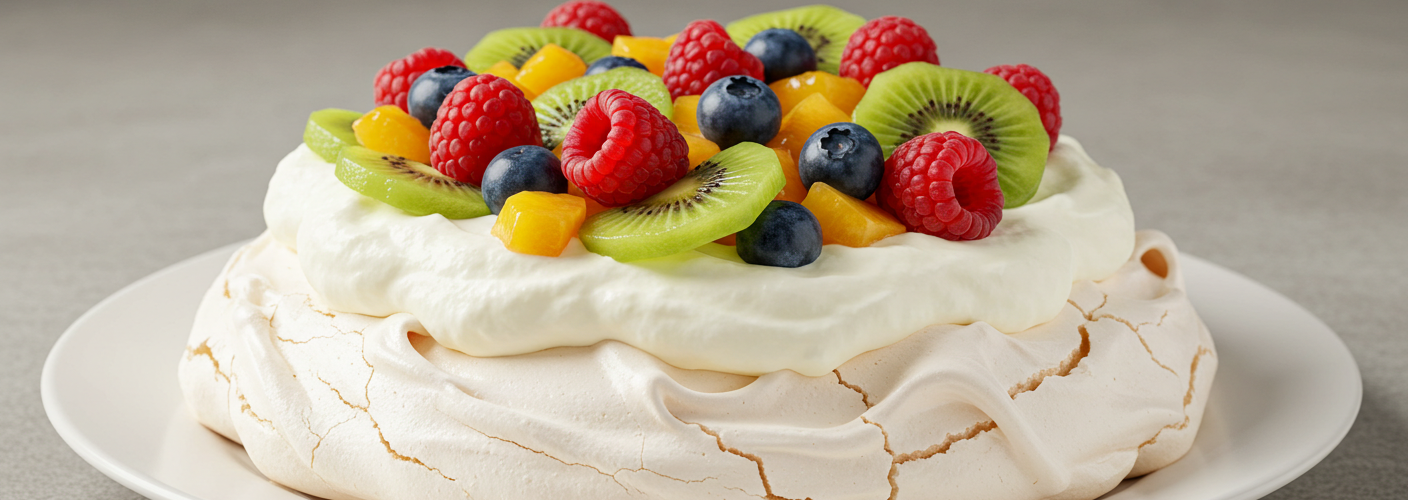When it comes to desserts that are both visually stunning and deliciously light, pavlova stands out as a favorite among many. This meringue-based masterpiece, typically topped with fresh fruits and whipped cream, captures the essence of celebration and festivity. Whether it’s a summer gathering, a birthday party, or a holiday feast, the pavlova is sure to steal the spotlight on any dessert table.
The Origin of Pavlova
Named after the Russian ballerina Anna Pavlova in the 1920s, this dessert is believed to have originated in either Australia or New Zealand. Both countries take great pride in their claim to its invention, but what’s undeniable is its popularity in both cultures and beyond. The pavlova’s light, airy texture and its refreshing toppings make it a perfect representation of the elegance associated with ballet—a true culinary performance.
The Delightful Composition
At its core, pavlova consists of a meringue base made from egg whites and sugar, whipped to perfection until it achieves stiff peaks. The key to a perfect pavlova lies in the slow baking process, where the meringue dries out while maintaining a soft, marshmallow-like interior. This unique combination of a crispy outer shell and a tender inside creates an irresistible texture that pairs wonderfully with the toppings.
Once cooled, the meringue serves as a canvas for vibrant toppings. Classic pavlova is adorned with a generous layer of whipped cream, which adds a creamy richness. The real star of the show, however, is the array of fresh fruits that crown this dessert. Juicy berries, kiwi slices, and tropical fruits such as passionfruit and mango not only enhance the flavor but also provide a splash of color that makes the pavlova visually appealing.
Customizing Your Pavlova
One of the joys of creating pavlova lies in its versatility. While the traditional fruit toppings are delightful, feel free to get creative. Consider alternative fruits like poached pears, citrus segments, or even a drizzle of chocolate sauce for a rich twist. The use of flavored whipped cream—such as vanilla bean, coconut, or even a hint of liqueur—can elevate the dessert to new heights.
For those with dietary restrictions, pavlova can also be a gluten-free dessert option, making it inclusive for various diets. With a little ingenuity, you can adapt this classic treat to suit your audience’s preferences and needs.
Serving the Pavlova
Presentation is key when serving pavlova. For a touch of elegance, consider using a cake stand or a decorative platter. Slice the pavlova carefully to maintain its structure, and serve each piece with a dollop of additional whipped cream and a sprinkle of fresh fruit on top. Not only will the pavlova tantalize the taste buds, but it will also be a feast for the eyes.
A Decadent Finale
In conclusion, pavlova is a beloved dessert that brings joy and sophistication to any occasion. Its lightness makes it a refreshing choice, while the blend of textures and flavors guarantees satisfaction. Whether you are an experienced baker or a novice in the kitchen, crafting a pavlova is an enjoyable and rewarding experience. So, gather your ingredients, invite your friends and family, and indulge in this delightful treat—because when it comes to dessert, pavlova is hard to beat!




Add comment